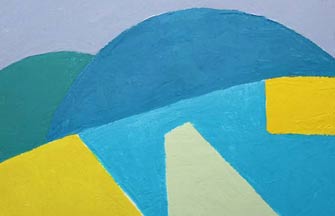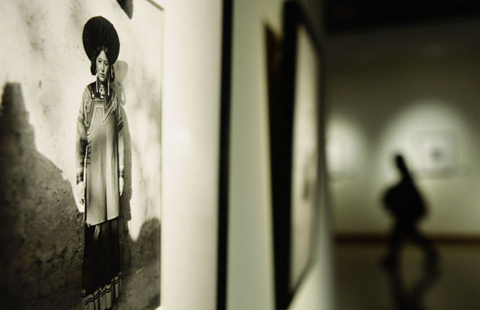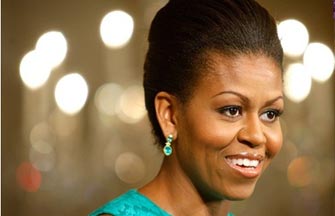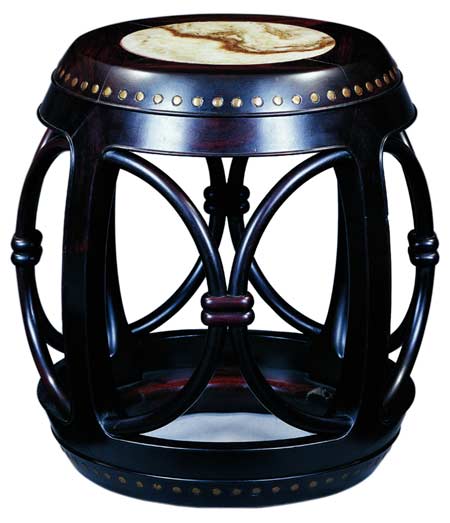 |
|
The stool is one of nearly 100 seats on display in the show. Provided to China Daily
|
"Ancient Chinese kneeled on the ground, and with the infusion of nomadic and agricultural cultures and the introduction of Buddhism, foreign folding stools and high-legged chairs appeared in people's lives and formed the concept of 'eats'," Lin says. "The starting point of home furnishing, the seats influenced how desks, shelves, closets, beds and other furniture developed in history."

Meanwhile, seating divides a space into several areas of varying importance, and further constructs the hierarchy of ages and social statures. Lin adds that seats, which have a combination of material and spiritual meaning, have long had great cultural significance.
The folding chair stands out with mystic charms that people can get a sense of through a Ming Dynasty (1368-1644) black-lacquered chair on display. Its structure is a marriage of the Han-style chair back and a campstool used by nomads of northern China at their bases. The smooth curves and delicate details are exuberant with noble touches - the folding chair was commonly used by emperors and nobles in outdoor activities and hence became a symbol of privilege.
Shanghai-based connoisseur of Chinese antique furniture Curtis Evarts devotes special attention to a well-preserved bamboo deck chair. It dates to the late Qing Dynasty (1644-1911) and early Republic of China (1911-1949). The decorative patterns and complicated structure - a section can be stretched out and drawn back, allowing people to rest their legs - make the chair a fine example of elegance. Evarts says it could be from Guangdong province, where people rely on such chairs to avoid the summer heat, and the chairs were also found in Europe.
More photos:
Paintings depict home decoration style of ancient Europe
Ancient Chinese seats on display at World Art Museum



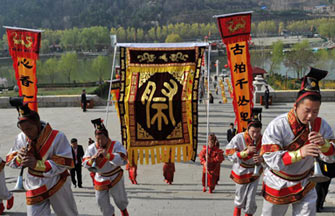
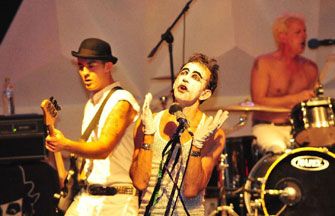
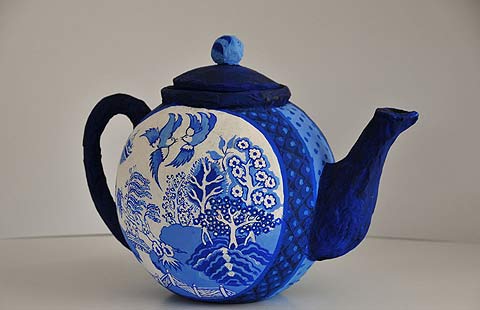






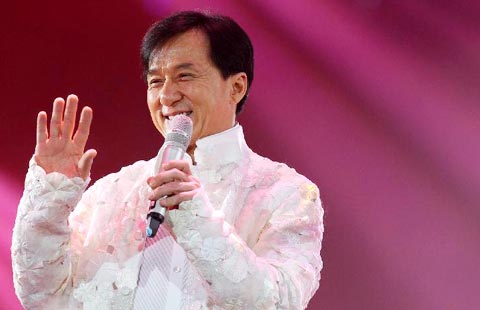







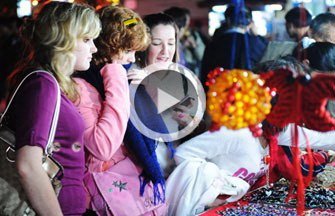
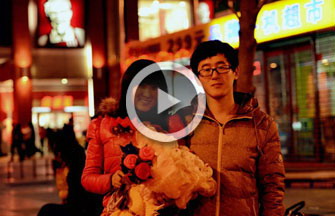
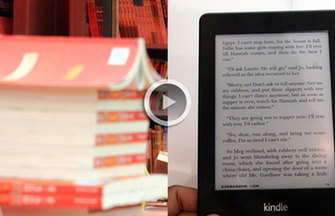
 Raymond Zhou:
Raymond Zhou: Pauline D Loh:
Pauline D Loh: Hot Pot
Hot Pot Eco China
Eco China China Dream
China Dream China Face
China Face
